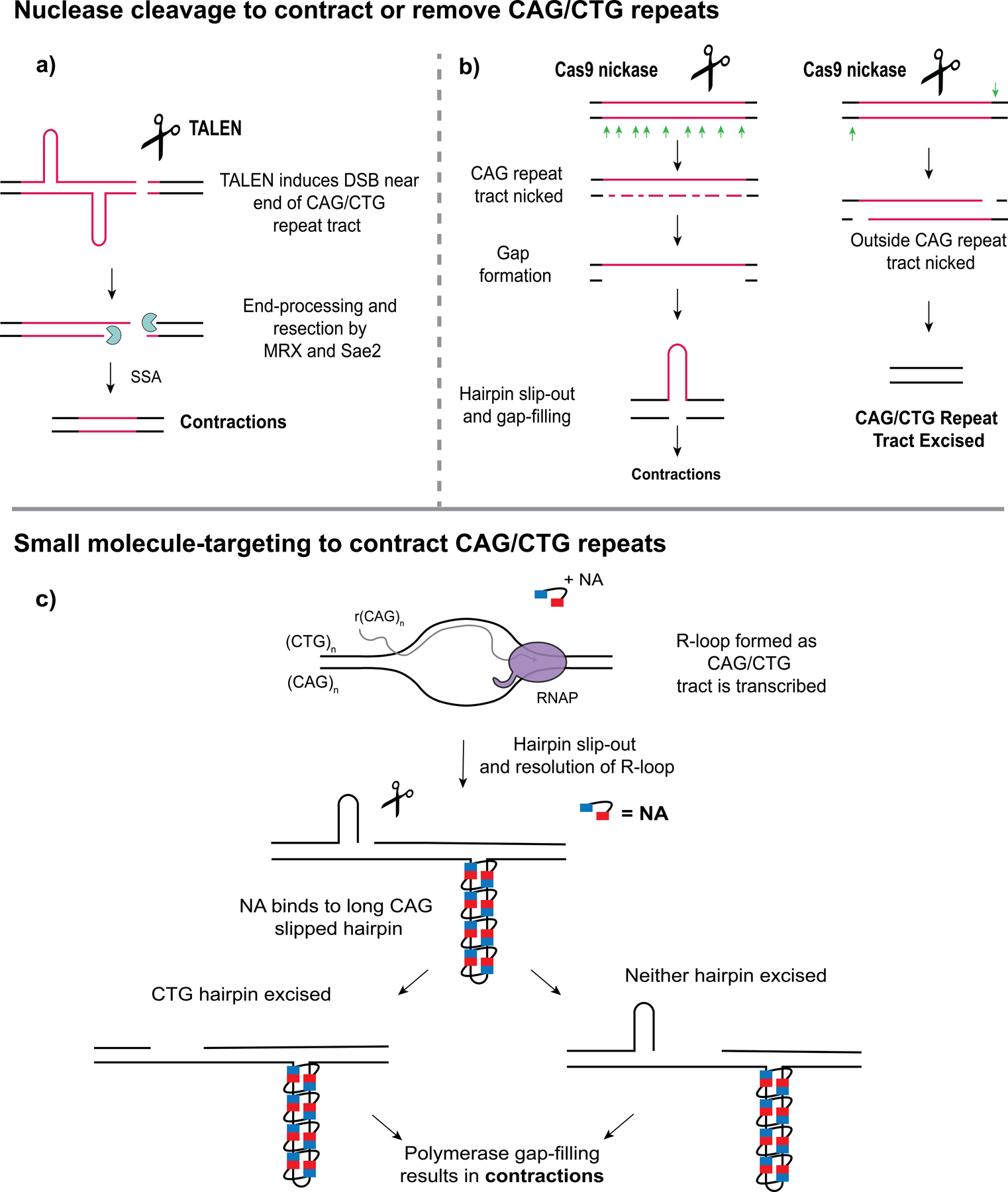Figure 3. Recent advances in contracting or removing expanded CAG/CTG repeat tracts.

(a) A TALEN (transcription-activator like effector nuclease) targeting expanded CAG/CTG repeats induces a DSB near the end of the repeat tract. The DSB is processed and resected by the MRX (Mre11-Rad50-Xrs2) endonuclease complex stimulated by Sae2. Repair of the gap created by end-processing occurs through single-strand annealing (SSA), resulting in contractions [70]. (b) Use of the Cas9 D10A nickase to contract or remove an expanded CAG repeat tract. Left, Cinesi et al. (2016) introduced nicks throughout the CAG repeat tract, resulting in contractions [71]. Right, Dabrowska et al. (2018) excised the CAG repeat tract by nicking outside of the tract [72]. (c) Nakamori et al. (2020) used a small molecule, NA (naphthyridine-azaquinolone) to target slipped-out CAG repeats to promote contractions [74]. NA binds only to long CAG slip-outs, for example that could form upon resolution of R-loops. Though the NA-bound CAG tract is resistant to repair, CTG hairpins on the opposite strand promote nicking or hairpin excision, and polymerase fill-in of the resulting gap will result in a bias towards contractions.
